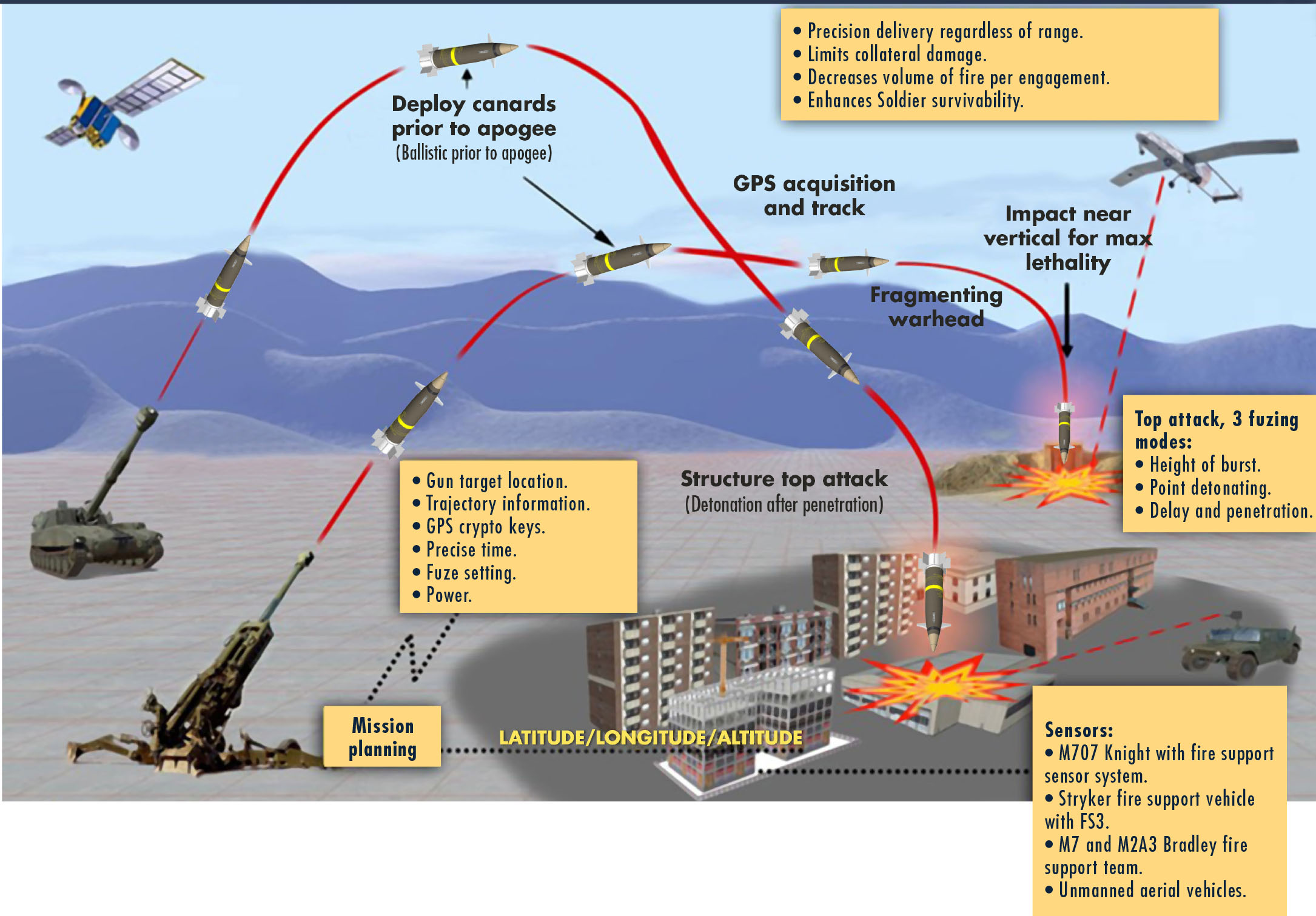
Modernization priorities spur the Army to take a more strategic approach to international engagement with S&T partners.
by Dr. Arthur J. Goff III
The future operational environment demands that the Army act now to increase flexibility and adaptability, improve interoperability and compatibility and effectively accommodate evolving alliances and partnerships. To meet these demands and maximize effectiveness for the warfighter, the Army is focusing its science and technology (S&T) investments on six modernization priorities: precision fires; Next Generation Combat Vehicle; Future Vertical Lift; network and command, control, communications and intelligence; air and missile defense; and Soldier lethality. Underpinning these modernization priorities are a series of cross-cutting topic areas and capability gaps: multidomain battle, manned-unmanned teaming, faster decision-making and asymmetric vision.
While we have great capability in U.S. Army laboratories to develop leading-edge technologies in support of these priorities and have some of the world’s experts in many Army-unique areas, we also are looking to leverage S&T investments for leap-ahead capabilities wherever we can, especially with our international partners.
Engaging international partners is a vital part of the Army S&T program and is essential to keep the Army at the leading edge of technology development. International engagement allows us to expand the available pool of leading scientists and engineers to help us maintain technical superiority and avoid technological surprise. In addition to developing technologies to achieve overmatch, interoperability is key to accomplishing missions across the range of military operations. Consequently, it is a significant factor when choosing to develop particular technologies with partnering nations. The technical edge in a particular area is important, but it is not the sole driver of cooperative engagement.
MONEY BETTER SPENT
Over the last five years, the Army has entered into 150 different cooperative agreements with more than 20 partnering countries. In 2017, the Army invested approximately $70 million of its international S&T portfolio in international collaborations, typically at the principal investigator level. However, this approach does not meet Army requirements in the most effective and cost-efficient manner. The Army needs an integrated, country-specific S&T road map to prioritize research efforts, efficiently allocate resources and ensure that cooperative agreements are in sync with overarching strategic S&T engagement plans.
A vivid example of the importance of international cooperation is the development of Excalibur, a 155 mm, GPS-guided, extended-range artillery projectile, by the U.S. Army and the Swedish army, leveraging Sweden’s advanced artillery projectile technologies. The U.S. Army used Excalibur as its next-generation cannon artillery precision munition in Operation Iraqi Freedom; it provided greatly improved fire support to the maneuver force commander, increased lethality and reduced collateral damage. Additionally, the munition represented a leap ahead in the ability to attack a target with precision from greater distances. Sweden contributed the projectile design work, interior and exterior ballistics, and gun-hardening technology.
Beginning in FY18, the Army will evaluate all established, developing and potential international agreements for their contribution to enabling the six modernization priorities. The Army is increasingly using data analytics to assess the technological edge that a cooperating nation may have, as well as its resource investment in a particular technology area. A review of data from the last five years will guide HQDA in deciding which nations we should partner with to develop technologies of strategic importance. In addition to technical capabilities, we will consider partnerships that offer strategic benefit geographically or logistically.
In one example of how the data analytics will be used, querying open literature sources provides information on how many publications a particular country has produced in a particular technical area. (See Figure 1, page 192.) The technical areas chosen for this search reflect cross-cutting topic areas related to the six modernization priorities. In this example, we searched the past five years and analyzed the output of 10 collaborating nations.
Based on this small data set, shown in Figure 1, Country E has produced the most publications (127) in the field of swarming unmanned vehicles. This demonstrates, at a minimum, that Country E has invested significant resources in this area and may have demonstrated leap-ahead technological capability. If this technical area were one that the U.S. Army had not invested in, it would make sense to partner with Country E. In contrast, if the Army needed to develop a capability in command, control, communications, computers, intelligence, surveillance and reconnaissance, then it likely would not be beneficial to partner with Country F, which had only 11 publications in this topic area.
CONCLUSION
Today, the threat of near-peer and peer conflict is evident in the Pacific and Eastern Europe. The conflicts in which the U.S. Army has engaged over the last 15 years in the Middle East and Afghanistan have forced us to focus on incremental advances to maintain already fielded solutions. While we continue to maintain these fielded solutions for today’s Soldier, we must refocus our attention and resources on maintaining and in some areas achieving the technological edge.
Our Army must modernize continually to increase our lethality against emerging regional and global near-peer adversaries and outpace their development to ensure our overmatch. Restructuring the Army’s international S&T portfolio will allow for the development of leap-ahead technologies that will enable the U.S. Army to succeed in the operational environment of the future.
For more information, contact the author at arthur.j.goff.civ@mail.mil.
ARTHUR J. GOFF III is director of International Science and Technology in the Office of the Deputy Assistant Secretary of the Army for Research and Technology, headquartered in Arlington, Virginia. He holds a Ph.D. in molecular virology from Stony Brook University and a B.S. in molecular biology from the State University of New York at Fredonia.
This article is published in the January – March 2018 issue of Army AL&T magazine.
Subscribe to Army AL&T News, the premier online news source for the Acquisition, Logistics, and Technology (AL&T) Workforce.








